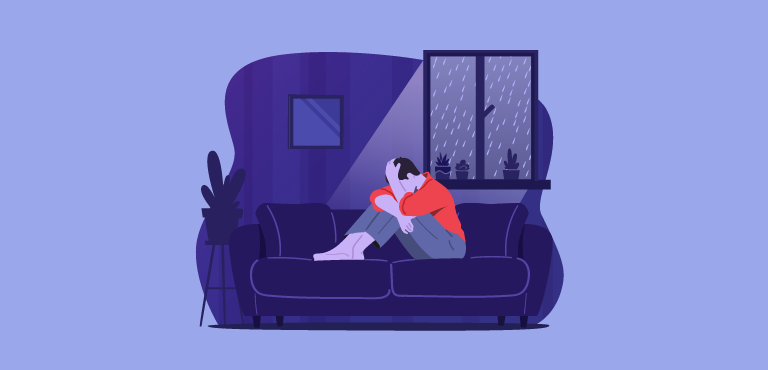
Understanding Mood and Emotional Changes This Season
The change of the seasons can affect your mood and can make it harder to manage your emotions. This can lead to Seasonal Affective Disorder (SAD) which is a type of depression. If you have SAD, you are not alone.
SAD occurs during the fall and winter when there is less sunlight, and the days get shorter. SAD symptoms tend to go away during the spring and summer when there is more sunlight, and the days get longer.
Not everyone with SAD has the same symptoms, but they can include:
- Sad, anxious, or “empty” feelings
- Feeling hopeless, guilty, worthless, or helpless
- Loss of interest in things you used to enjoy
- Very tired and low energy
- Trouble with focus, memory, or making choices
- Thoughts of death or suicide
- Eating too much or too little
- Sleeping too much or too little
- Not being with friends and family
- Feeling irritated or agitated
Talk to your primary care provider* (PCP) if you think you have SAD.
SAD can be treated. Treatment may include 1 or more of these options:
- Sunlight therapy
- Vitamin D supplements
- Medication
- Mental health therapy
Learn how to talk about mental health with your family and friends.
Need Help:
If you or someone you know is having a hard time or in a crisis, help is available. Call or text 988 or chat online at 988lifeline.org.
If you feel empty or sad for longer than 2 weeks, reach out to your doctor. Or call Carelon Behavioral Health at
*Your primary care provider (PCP) is your main doctor, physician assistant, or nurse practitioner.